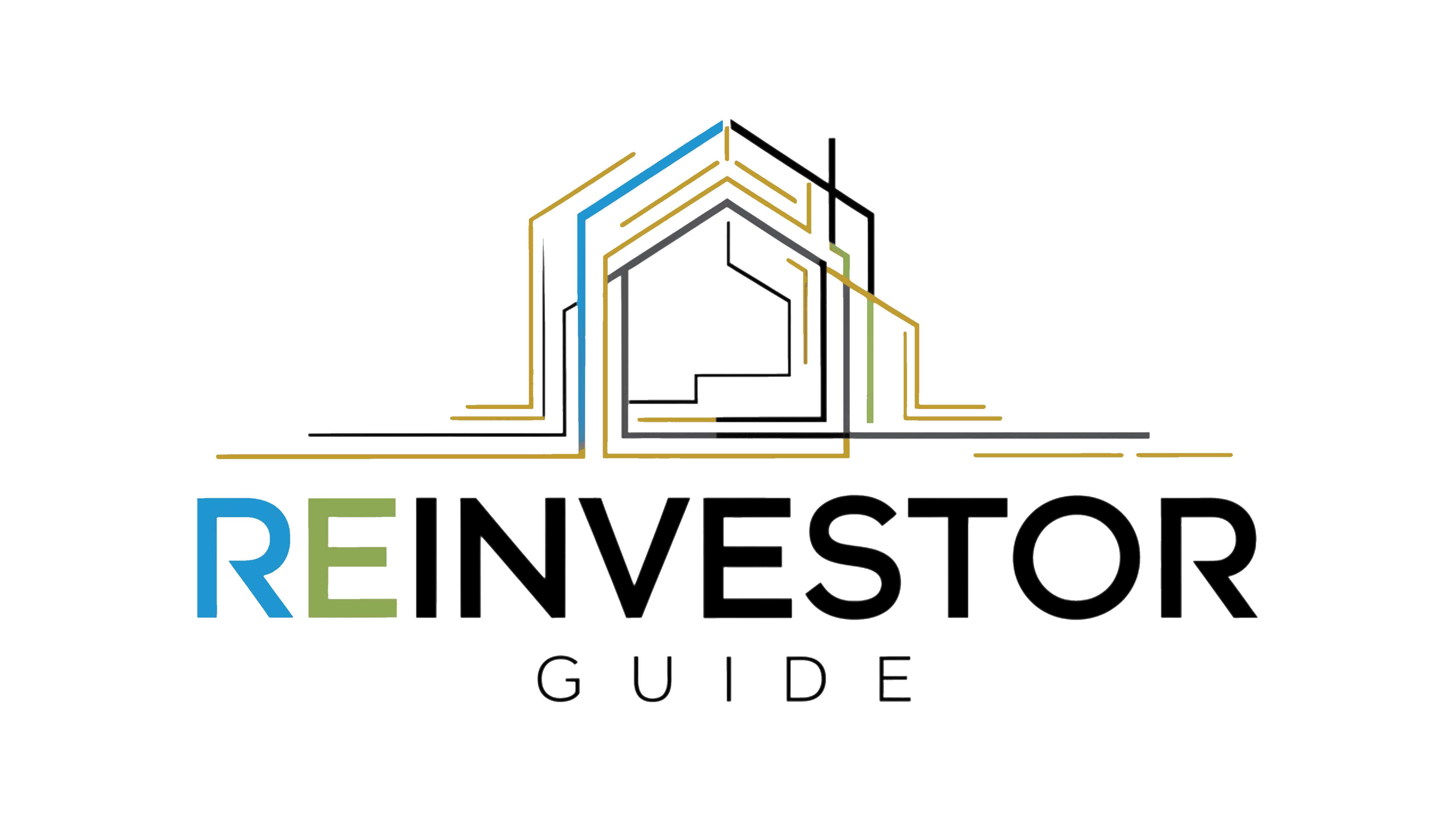You’ve found the perfect investment property. Now comes the million-dollar question (literally):
How do you finance it?
Whether you’re buying your first rental, scaling a portfolio, or refinancing to unlock equity, the right financing strategy can make or break your ROI. With today’s wide range of lending options—from traditional mortgages to DSCR loans and creative strategies—real estate investors have more flexibility than ever.
In this guide, we’ll cover the most effective real estate financing options, who they’re for, and how to use them to grow your investment business in 2025.
Why Financing Strategy Matters
Smart financing allows you to:
- Control more property with less capital
- Preserve liquidity for multiple deals
- Unlock tax-advantaged strategies (like depreciation and 1031 exchanges)
- Improve cash flow by optimizing loan terms
- Scale faster through refinancing or creative leverage
Great deals start with solid underwriting—and the right loan structure to back it.
1. Conventional Loans
These are traditional mortgages backed by Fannie Mae or Freddie Mac, typically used for single-family homes or 1–4 unit properties.
✅ Best For:
- First-time or W-2 investors
- Buying 1–4 unit rentals in your personal name
- Primary residences or house hacks
✅ Pros:
- Low interest rates
- Long terms (30 years)
- Can use up to 10 financed properties (with solid income)
❌ Cons:
- Full income verification
- Loan caps per borrower
- Slower closing times
- Personal DTI affects approval
2. FHA and VA Loans (for House Hacking)
These government-backed loans offer low down payments and favorable terms—as long as you live in the property for 12 months.
✅ Best For:
- House hackers buying 2–4 units
- Veterans looking to build wealth through real estate
- Investors starting out with limited capital
FHA Highlights:
- 3.5% down with 580+ credit
- Use rental income to qualify
- Must occupy for at least 12 months
VA Highlights:
- 0% down
- No PMI
- Only available to eligible veterans
3. DSCR Loans (Debt Service Coverage Ratio)
DSCR loans are designed specifically for real estate investors, using the property’s rental income—not your personal income—to qualify.
✅ Best For:
- Self-employed investors
- Short-term and long-term rental properties
- LLC or business ownership structures
- BRRRR and cash-out refinance strategies
✅ Pros:
- No tax returns or W-2s required
- Fast closings (often <30 days)
- Unlimited properties
- LLC ownership allowed
❌ Cons:
- Higher interest rates
- Minimum DSCR (typically 1.20–1.25) required
- Larger reserves often needed
4. Hard Money Loans
Hard money is asset-based lending often used for flips or BRRRR rehabs. These short-term loans are fast but expensive—and designed for quick exits.
✅ Best For:
- Flippers
- BRRRR deals
- Quick close scenarios
✅ Pros:
- Close in 7–10 days
- Minimal documentation
- Ideal for distressed properties
❌ Cons:
- Short terms (6–12 months)
- High rates and points
- Risky without a clear exit strategy
5. HELOCs (Home Equity Line of Credit)
Use the equity in your primary residence or rental property to create a flexible line of credit you can tap for down payments or renovations.
✅ Best For:
- Investors with existing home equity
- Bridge capital between acquisitions
- Renovation financing
✅ Pros:
- Interest-only payments
- Reusable revolving credit
- No closing costs on many lines
❌ Cons:
- Variable rates
- Tied to your personal home or rental asset
- Risk of over-leverage
6. Private Money
Private loans come from friends, family, or individual investors willing to fund deals in exchange for interest or equity.
✅ Best For:
- Investors with deal flow but limited cash
- Flexible deal structures
- Portfolio acquisitions
✅ Pros:
- Fast, creative, relationship-based
- Custom terms
- Often cheaper than hard money
❌ Cons:
- Legal complexity
- Potential relationship strain
- Less scalable than institutional debt
7. Seller Financing
Buy a property directly from the owner using a seller-held mortgage instead of a bank.
✅ Best For:
- Off-market deals
- Sellers with no mortgage
- Properties with unique issues (title, condition, zoning)
✅ Pros:
- Low or no bank involvement
- Flexible terms
- Potential for below-market interest rates
❌ Cons:
- Not always available
- May require large down payment
- Legal and documentation risks
8. Portfolio Loans
These are loans from local or regional banks that hold the loans in their own portfolio, allowing more flexibility on underwriting and property type.
✅ Best For:
- Mixed-use, commercial, or 5+ unit properties
- Repeat borrowers in one region
- Rental portfolios
✅ Pros:
- Custom underwriting
- More flexible than Fannie/Freddie
- Good for niche property types
❌ Cons:
- Often balloon terms (5–10 years)
- Variable rates
- May require cross-collateralization
How to Choose the Right Financing Strategy
Ask yourself:
- Do I plan to live in the property? FHA/VA might apply.
- Is this buy-and-hold or BRRRR? DSCR or hard money might be better.
- Do I want to use an LLC? DSCR or portfolio loans allow that.
- Do I need speed or flexibility? Private or hard money may work best.
- Do I want to avoid personal income docs? Look at DSCR, seller, or private financing.
Final Thoughts
There’s no one-size-fits-all financing option in real estate investing—and that’s a good thing. The right loan depends on:
- Your goals
- Your capital
- The deal itself
- Your timeline and risk tolerance
As an investor, financing is more than a means to buy property—it’s a tool to scale smarter, grow faster, and keep more of your returns.



